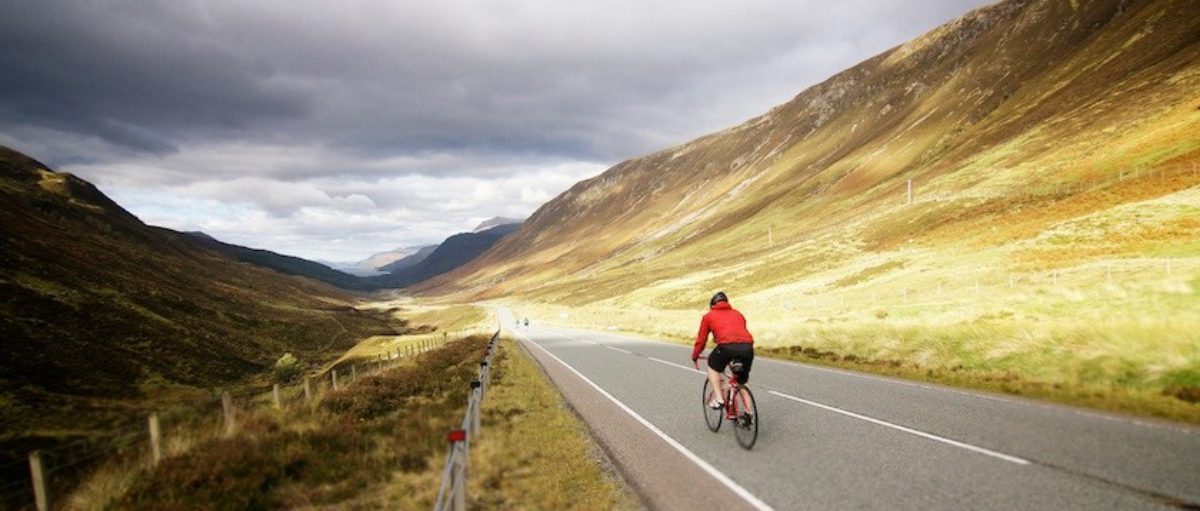Actually, it’s no shoes allowed nearly everywhere in Japan: in homes, restaurants, even some museums.

In the Hikone Castle Museum slippers are provided for walking around the carpeted hallways. But there were no slippers for visitors to the actual castle – you have to roam the wooden corridors and climb the unbelievably steep stairways to the top level in your socks.
 Hikone Castle was built in the early 1600s and is one of just 12 Japanese castles that has not needed reconstruction. Although the foundations and lower walls for Japanese castles are made of stone, unlike castles in Europe most of the lived-in parts were made of wood. In Gifu, where Peter and his family live, the local castle was reconstructed in the 1930s as a national heritage site. About 100 of these castles are scattered around Japan.
Hikone Castle was built in the early 1600s and is one of just 12 Japanese castles that has not needed reconstruction. Although the foundations and lower walls for Japanese castles are made of stone, unlike castles in Europe most of the lived-in parts were made of wood. In Gifu, where Peter and his family live, the local castle was reconstructed in the 1930s as a national heritage site. About 100 of these castles are scattered around Japan.
It’s also no shoes allowed in Hikone’s Tobaya Ryokan.
 A ryokan is a traditional Japanese inn. My room came furnished with a futon mattress, a chair, a TV (no English programs), a space heater, and a desk raised about 16 inches from the tatami mat-covered floor. There was a chair with no legs, to go with the desk – to sit you extend your legs under the desk. Personal hygiene needs are dealt with down the hall. That was fine by me, but I was puzzled by the communal shower room and bath. The room
A ryokan is a traditional Japanese inn. My room came furnished with a futon mattress, a chair, a TV (no English programs), a space heater, and a desk raised about 16 inches from the tatami mat-covered floor. There was a chair with no legs, to go with the desk – to sit you extend your legs under the desk. Personal hygiene needs are dealt with down the hall. That was fine by me, but I was puzzled by the communal shower room and bath. The room

features four small stools in front of four hand-held shower nozzles – two stations on each side of the room. Showering is done sitting down with soap and shampoo provided. After showering, the routine is to get into the hot bath – large enough for four people to share. Japan is a northern country with cold winters (and springs) and no central heating in older, traditional buildings like Tobaya Ryokan, so in cold weather a hot bath is a very welcome part of daily life.
At Tobaya Ryokan the shower/bath room is open from 4 to 9 pm. No mention is made about different times for women and men to use the facility, so I guess it’s mixed. I used it twice – loved the bath! – and had the room to myself both times. I might have asked the innkeeper if the showers were meant to be mixed/communal, but he spoke very little English and was never around.
The entry from the street to Tobaya Ryokan is a sliding wooden door in the traditional Japanese style. When I first arrived at the ryokan I slid the door open and looked inside – there was nobody there and no sign of a front desk for check-in. I ended up waiting an hour before someone showed up. During my two days at Tobaya, the sliding door was never locked. The idea that someone with bad intentions might slide in and make off with the family silver apparently isn’t a concern.

